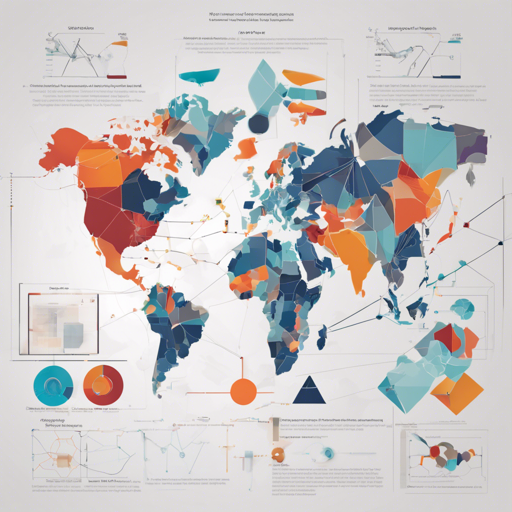Welcome to a step-by-step guide on how to analyze spatial point pattern data using the spatstat family of R packages! spatstat offers extensive capabilities, from exploratory analysis to statistical modeling. Let’s dive in and discover how to effectively utilize these packages in your data analysis processes.
Installing spatstat and its Sub-Packages
To get started with spatstat, follow these straightforward steps to install the main ‘umbrella’ package, which will automatically install all required sub-packages.
- Open your R console.
- Run the following command to install the package:
install.packages("spatstat")library(spatstat)Exploring the spatstat Sub-Packages
Now that you’ve installed spatstat, let’s explore some of its sub-packages. Think of these sub-packages as specialized toolkits within a toolbox. Each toolkit offers a different function for a specific task. Here’s how to think about them:
- spatstat.utils – The utility sharpener for all tools.
- spatstat.data – A collection of premade datasets for practice.
- spatstat.sparse – Handles sparse data as if it’s delicate crystal.
- spatstat.univar – A toolbox for univariate probability distributions.
- spatstat.geom – Geometric operations—think of this as a 3D printer for spatial models.
- spatstat.random – Generating random patterns, like creating a random splash of paint.
- spatstat.explore – The explorer’s kit for diving into data analysis.
- spatstat.model – A modeling suite for crafting well-structured data analyses.
- spatstat.linnet – Analysis on linear networks—imagine it as connecting points on a map.
Using Extension Packages
To enhance your experience with spatstat, consider installing extension packages. These are like adding specialized gadgets to our toolbox for advanced capabilities:
- spatstat.gui: A graphical interface for user-friendly interaction.
- spatstat.Knet: For working with linear networks.
- spatstat.local: For local (geographically weighted) models, adding geographical insights.
- spatstat.sphere: For analyzing spherical data, adding dimension to your toolkit.
Troubleshooting Tips
If you encounter issues while using the spatstat family of packages, here are some troubleshooting ideas:
- Error during installation: Ensure your R version is updated, as spatstat requires a recent version of R.
- Loading issue: Check if all the dependencies are installed correctly. You can reinstall the spatstat package to fix this.
- Missing functions: Verify that you have loaded the specific sub-package containing the function you need.
For more insights, updates, or to collaborate on AI development projects, stay connected with fxis.ai.
Conclusion
In summary, the spatstat family of R packages provides a comprehensive toolkit for analyzing spatial data. By leveraging its various sub-packages and extension options, you can conduct in-depth analyses and model your spatial data effectively. At fxis.ai, we believe that such advancements are crucial for the future of AI, as they enable more comprehensive and effective solutions. Our team is continually exploring new methodologies to push the envelope in artificial intelligence, ensuring that our clients benefit from the latest technological innovations.

